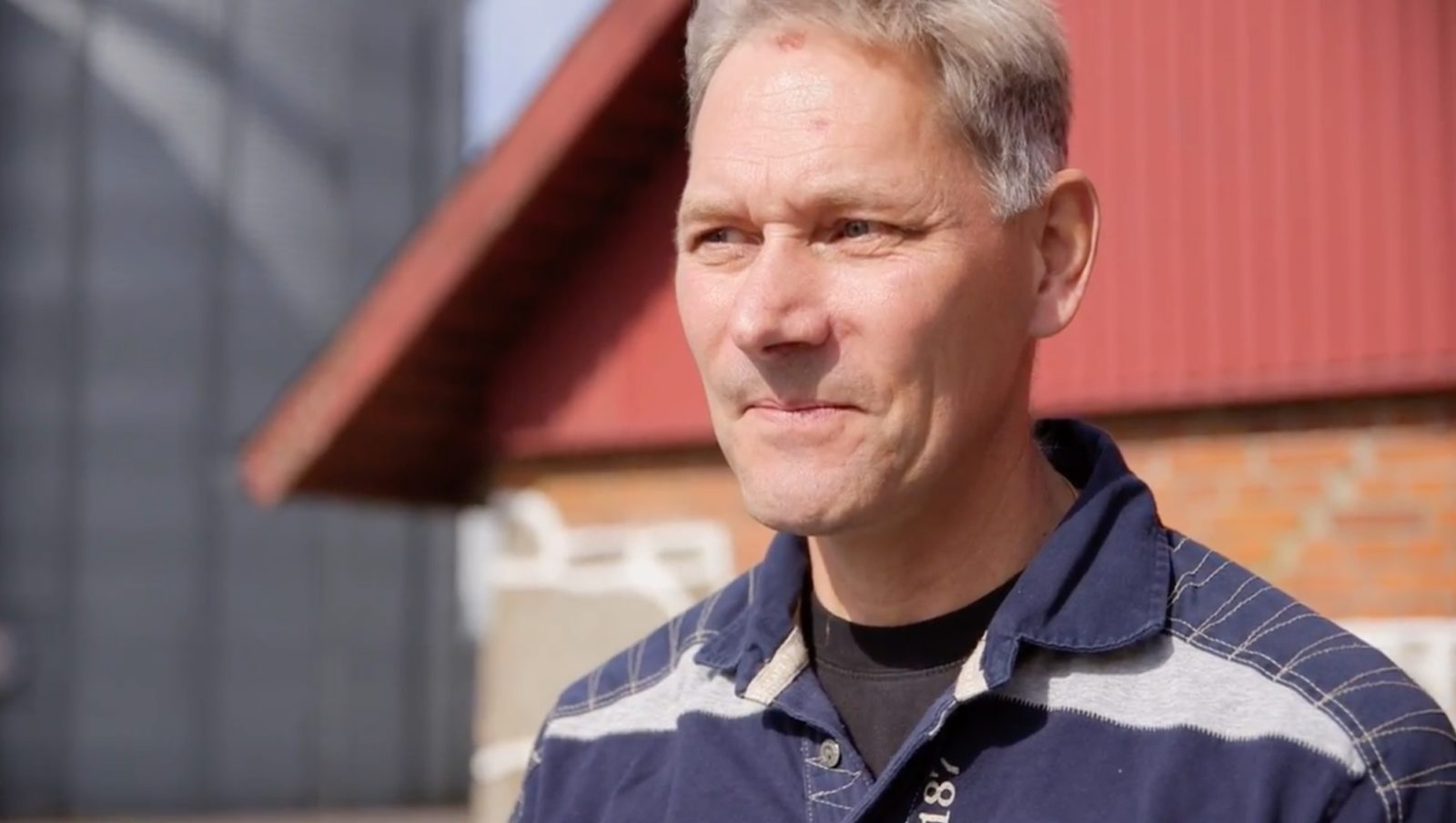Optimizing harvest and livestock feed mixing

A common trend among farmers is emerging, the need to optimize their farms operational costs. For many livestock farmers, the high costs of protein supplements for their feed are creating challenges in their profitability. GrainSense is a NIR analyzer that is truly portable and made not only for use out in the field but also right next to the feed mixer. Several GrainSense users take their analyzer both in the field and back to the barn when feeding, including the Rydsgård Estate in southern Sweden.
The Rydsgård Estate is one of the largest agricultural companies in the county of Skåne in Sweden, with a drying capacity of 20,000 tonnes divided into nine silos, half of which are used for their own grain and the other half for contract drying. Crop cultivation at Rydsgård Estate consists mainly of grains, with a focus on wheat (approx. 60% of the harvested area). Other crops include rapeseed, sugar beets, barley and forage grass (Festulolium). The farm in Pugerup has a staff of 16, working in agriculture, forestry, wind power and pig farming.
Instant grain quality measuring enables quick decisions.
“We use GrainSense for analysing grains arriving at our facility, but we also make measurements out in the field before harvesting. This is valuable, as it gives us an opportunity to prioritise best-quality fields”, stated Peter Pålsson, who is responsible for grain handling at Rydsgård. What the people at Rydsgård appreciate is that GrainSense is portable, user-friendly and gives immediate results, all of which make quick decision-making possible.
Protein insights help optimize livestock feed mixing.
Daniel Juhl, foreman at Rydsgård-owned Pugerup & Böketofta, has also been actively using the GrainSense device. Juhl has been using GrainSense since last spring, mainly for checking the protein content of their in-house produced pig feed. With GrainSense, he can carefully control the proportion of soy components in the feed, thereby optimising the mix. “I can economise on soya purchases and can simultaneously check if any grain that I buy has the right protein value so I know what I am paying for,” stated Juhl. To verify the reliability of GrainSense, he has sent the same samples for laboratory analyses and compared the results.
Fast, reliable, simple tracking of grain quality helps optimize the harvest.
Juhl continued by mentioning that “GrainSense is completely reliable. We get even more control, because the results come quickly; they do not take more than five seconds.” He also sees a major advantage in the possibility to compare last year’s grain harvest to this year’s results. “We felt that we wouldn’t have such a good harvest this season and therefore opted to store last year’s grain. GrainSense makes it possible for us to quickly and easily check the quality of the new and the old harvest and then decide what should be sold and what should be used as feed.” At the Rydsgård Estate, the GrainSense analyzer and cloud services are used in the field, at collection points, at the field mixer and in their offices to compare the year to year data.




